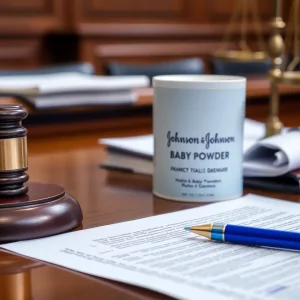Severe Drought and Extreme Heat Torment Parts of South Carolina
Severe drought and excruciatingly hot conditions grip various parts of South Carolina, with authorities warning that the situation may worsen if urgent measures are not taken. The weather in July in Lowcountry is notably warmer and humid, with heat indices consistently hitting 110 degrees.
Contrary to the belief of many residents, afternoon showers that have been occurring daily have not made a significant impact on drought conditions. Despite these showers, weather officials continue to report that rain gauges across many areas of the state reveal a lower volume of precipitation than expected.
Divergence from Normal Weather Patterns
“The weather hasn’t exactly followed the rules over the last month,” said State Climatologist Hope Mizzell. According to Mizzell, this year’s weather started with a wet winter and spring, but as June began, the rain ceased, and temperatures skyrocketed.
On July 9, the drought status of over a dozen counties spanning Pee Dee to Upstate was elevated from normal to severe by state officials. The affected counties include Horry, Georgetown, Williamsburg, Clarendon, Sumter, Calhoun, Florence, Marion, Darlington, Marlboro, Lee, Chesterfield, and Kershaw.
Rapid Drought Onset
Experts like meteorologist Adam Hartman from the National Oceanic and Atmospheric Administration (NOAA) Climate Prediction Center reveal that the transition from normal to severe drought conditions has been occurring over the last three to four weeks, indicating a rapid onset of the drought.
Meanwhile, conditions in Lowcountry, encompassing Charleston, Berkeley, and Beaufort counties, have been classified as above-average drought levels, albeit not as grave as those in other regions.
According to Hartman, the current situation presents a double jeopardy, with extreme heat exacerbating drought conditions. “Even if you had the normal rainfall, you’re operating at a loss for soils because of the heat.”
Need for Prolonged Rainfall
To mitigate the drought and replenish soil moisture, Hartman recommends slow, soaking downpours as brief, heavy showers — characteristic of recent rain in the Lowcountry — may not sufficiently permeate the soil. Climate experts are closely monitoring the situation and are advising the public to conserve water and prepare for increased heat levels.
While Charleston and its surrounding areas face adverse weather, the community is also being uplifted by some encouraging developments. The city was recently named the No. 1 city in the country for the 12th consecutive year by readers of Travel + Leisure. Notably, Charleston is also the only U.S. destination among the top 25.
In health news, Trident Medical Center announced a $9 million expansion of its inpatient rehab services, including 10 trauma brain injury beds. Additionally, a Lowcountry domestic violence shelter is set to receive financial aid from this year’s state budget — a victory secured by Sen. Deon Tedder, D-Charleston.
As the city faces the brunt of the severe drought and extreme heat conditions, community resilience and continued developments promise a beacon of hope and perseverance.



























